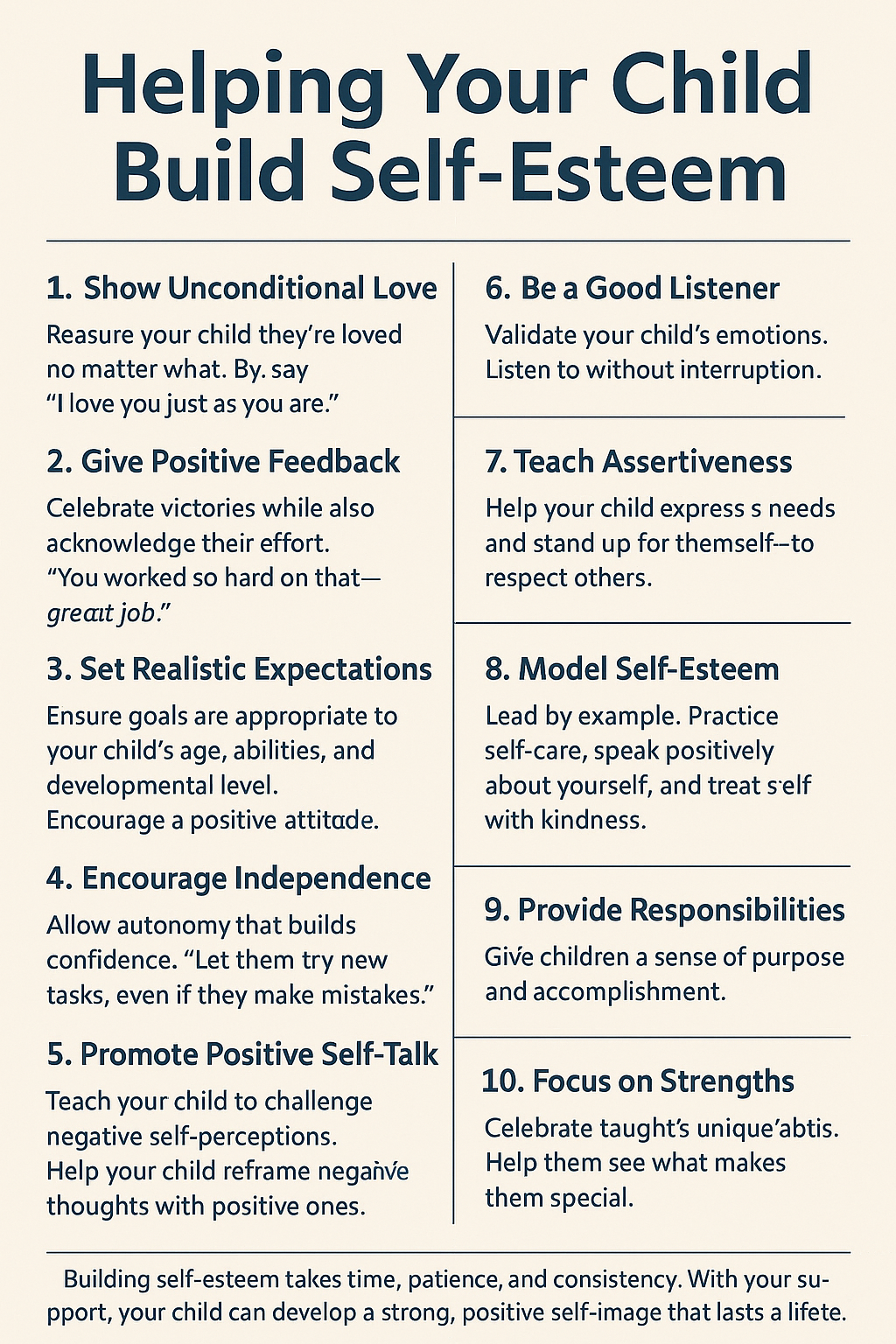Discipline is a necessary part of parenting, but many parents struggle to find effective ways to guide their children’s behavior without yelling or resorting to physical punishment. The good news? Discipline can be firm, respectful, and highly effective — all without shouting or spanking.
The goal of discipline is not to control or punish a child, but to teach them how to make better choices. When done with consistency, empathy, and structure, non-violent discipline can build trust, strengthen your relationship, and promote long-term behavior change.
1. Shift Your Mindset: Discipline Is Teaching, Not Punishment
Start by reframing what discipline means. Instead of seeing it as a way to control behavior in the moment, view it as a long-term investment in your child’s character and emotional intelligence.
Ask yourself:
- “What do I want my child to learn from this experience?”
- “How can I guide them to make better choices next time?”
This mindset shift helps you respond instead of react.
2. Stay Calm and Centered
Yelling often comes from a place of frustration. But when we yell, children stop listening to our message and focus on our anger instead.
Tips to stay calm:
- Pause and take deep breaths before responding
- Walk away for a moment if needed
- Speak in a low, firm tone
- Remind yourself: “I’m the adult — I set the tone”
Calm is powerful. It teaches children how to regulate their own emotions, too.
3. Set Clear Expectations Ahead of Time
Children thrive on structure. Make your rules and expectations known before problems arise.
For example:
- “We clean up our toys before bedtime.”
- “No hitting — we use words when we’re upset.”
- “If you throw food, dinner is over.”
The clearer the expectation, the easier it is to enforce consistently.
4. Use Natural and Logical Consequences
Instead of punishing, use consequences that make sense and teach responsibility.
Examples:
- If your child refuses to wear a jacket, they’ll feel cold — and learn next time
- If they throw a toy, the toy goes away for the rest of the day
- If they don’t do homework, they face the teacher’s response
These consequences teach real-life cause and effect — not fear.
5. Offer Choices Within Limits
Offering your child choices gives them a sense of control while still keeping structure in place.
Try:
- “Do you want to brush your teeth now or after your story?”
- “Would you like to wear the blue shirt or the red one?”
- “You can play outside for 20 minutes, or we can read a book together — you choose.”
Choices reduce power struggles and teach decision-making.
6. Follow Through Every Time
Consistency is the backbone of effective discipline. If you set a limit or consequence but don’t follow through, children quickly learn that boundaries are negotiable.
Stick to your word, even when it’s inconvenient.
Example:
- If screen time ends at 6 p.m., don’t extend it just because your child asks nicely. Say, “I know you want more time, but the rule is no screens after 6.”
This builds trust and helps your child take limits seriously.
7. Reinforce Positive Behavior
Discipline isn’t just about correcting what’s wrong — it’s also about celebrating what’s right.
Praise the behavior you want to see more of:
- “Thank you for using your words when you were upset.”
- “I appreciate that you cleaned up without being asked.”
- “You were very patient with your sister — that was kind.”
Positive reinforcement motivates children more than punishment.
8. Use Time-In Instead of Time-Out
Traditional time-outs can make children feel isolated or ashamed. Try a “time-in” approach instead — where you stay close and help them calm down.
Say:
- “Let’s sit together until you feel better.”
- “You’re having a hard time right now. I’m here to help you.”
- “Let’s take a break and breathe together.”
This teaches emotional regulation and connection, not fear.
9. Practice Problem-Solving Together
Once emotions have settled, talk with your child about what happened and how they can handle it differently next time.
Ask:
- “What were you feeling when that happened?”
- “What do you think you could do instead next time?”
- “How can we make things right?”
Problem-solving builds responsibility and critical thinking.
10. Lead with Love and Respect
Children are more likely to listen and follow rules when they feel respected and understood. Treat your child the way you’d want to be treated in a tough moment — with patience, empathy, and firmness.
Remember:
- You can be kind and firm at the same time
- Respect creates cooperation
- Love is the foundation for long-term discipline
Final Thought: Discipline That Builds, Not Breaks
Yelling and spanking may stop behavior in the short term, but they don’t teach the lessons children truly need. By choosing calm, consistent, and respectful discipline, you’re showing your child how to manage emotions, make better choices, and take responsibility for their actions.
It’s not always easy, but the payoff is worth it: a stronger bond with your child and a lifelong foundation of trust, respect, and self-control.
